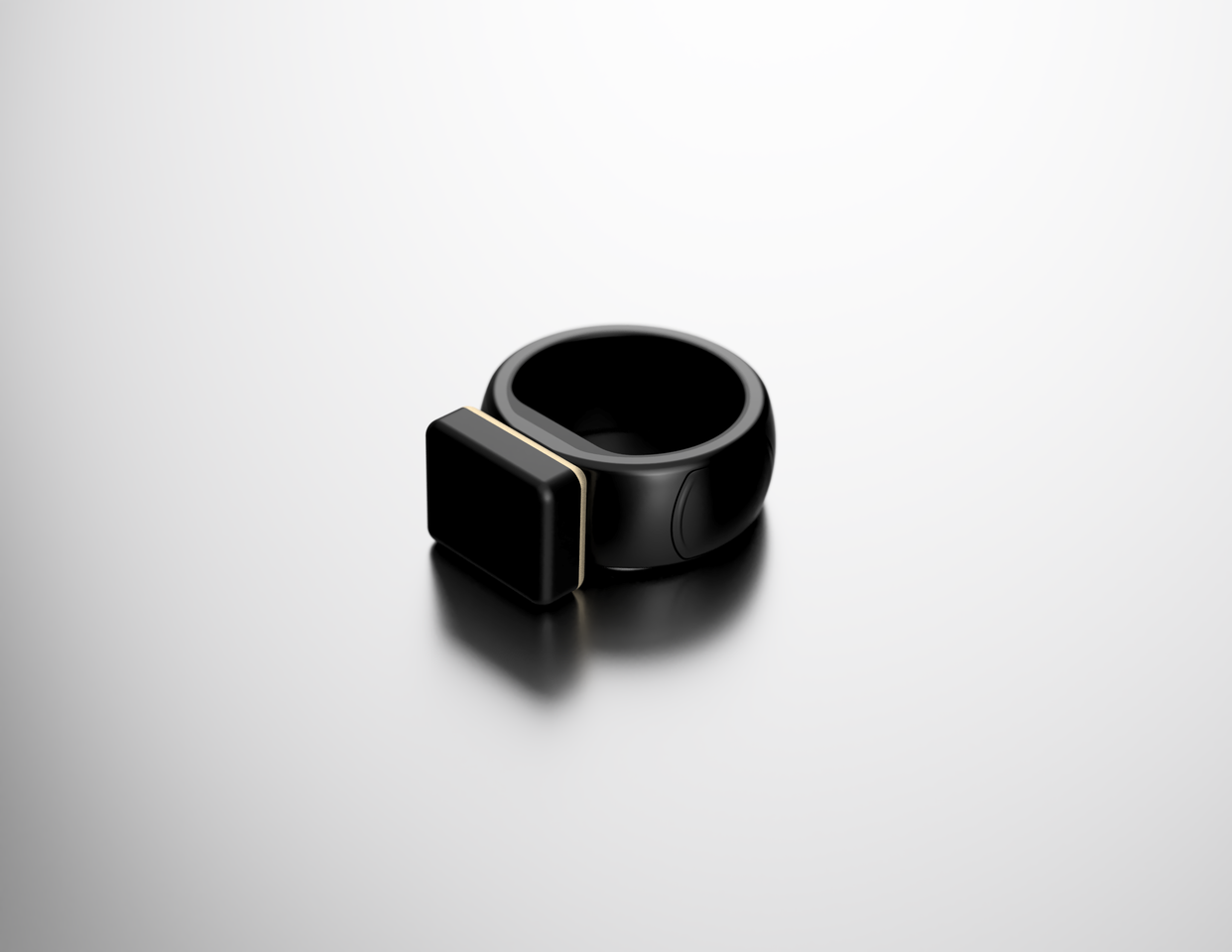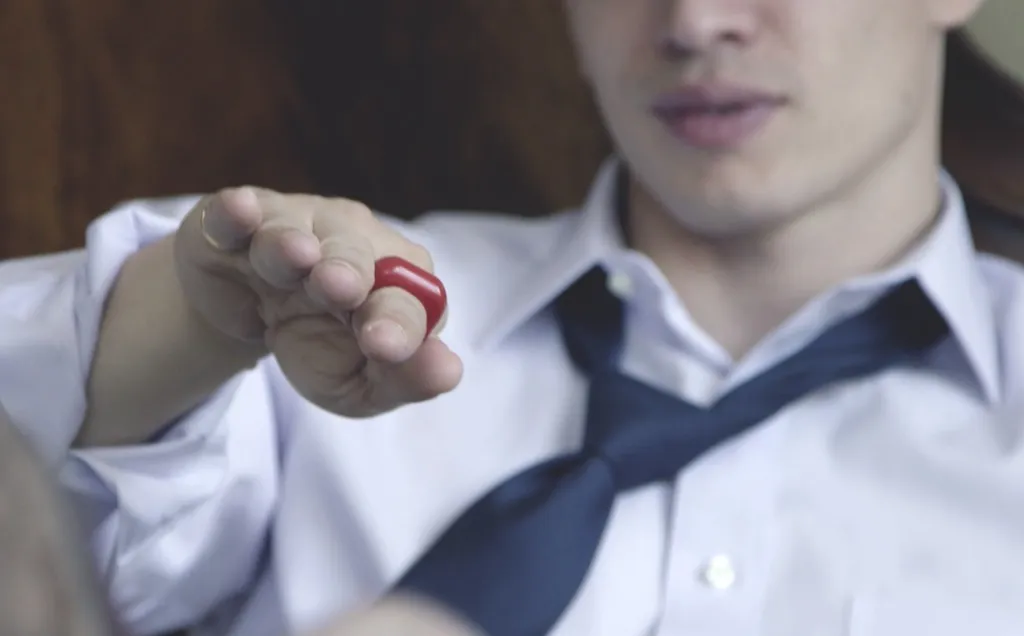The VR market is still trying to figure out the best way to reach out and interact with the virtual world. For PC VR users the Oculus Rift has the Touch and the HTC Vive has its wands, PSVR users get the Move controllers, and Daydream or Gear VR users have their own controllers as well. Even Oculus Go is shipping with a controller of its own too.
With hardware manufacturers taking input methods into their own hands (pun intended) that cuts out a lot of the third-party solutions companies were developing back at the start of consumer VR’s boom. This seeming lack of need isn’t stopping Titanium Falcon’s Talon Smart Ring though.
As it stands, the Talon Smart Ring isn’t a VR-specific device. When I met the company in San Francisco for a hands-on (or is it finger-in?) demo for myself, they mentioned a wide variety of use-cases from controlling music on your phone, syncing up with smart home appliances, or just interfacing with pretty much any bluetooth-enabled device.
Talon is kinda perfect for #mobile #vr. pic.twitter.com/o5Nn7QeIjE
— Talon (@talon_ring) January 26, 2018
The Talon Ring supports “9-axis motion control” and has a battery life of up-to four hours of continuous use. With a reported mission of “fitting big tech into tiny spaces” the company has definitely done a remarkable job. The buttons along the side of the ring make it easy to tap and activate with the sides of my other fingers or my thumb when curling my hand.
While not quite as accurate or powerful as something like the Oculus Touch, it performed on-par with the motion controller solutions of the Gear VR and Daydream. I tried a handful of demos, one focused on shooting basketballs and the other a wave-based combat game where I had a sword to attack enemies.
During my demo the Talon was synced to a Gear VR. The basketball game, while addictive, suffered from some accuracy issues. There were two different modes, one that used your head for aiming and one that used the ring itself for aiming. The head-aimed version was a bit easier, but the ring-aimed version felt more difficult only because of inaccuracy. It seemed to have a lot of drift and required recalibration and centering for more often than I would have liked.
The wave-based combat game worked fine, but wasn’t very inspiring. Overall the demos did a fine job of showing me what the Talon could do for VR apps, but that doesn’t seem to be the ideal use-case. I’m just not sure who the Talon is for in the VR market since every headset already has a dedicated motion controller that performs better. The only real exception I can see are accessibility issues or if the sensation of “holding something” would ruin the immersion.

That being said, my impressions are based on a limited demo. If you’re curious to learn more you can check out the official Titanium Falcon Talon Smart Ring controller website.
You can also pre-order the ring for $129.




























